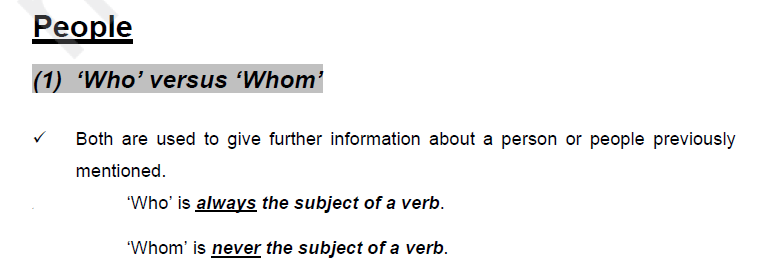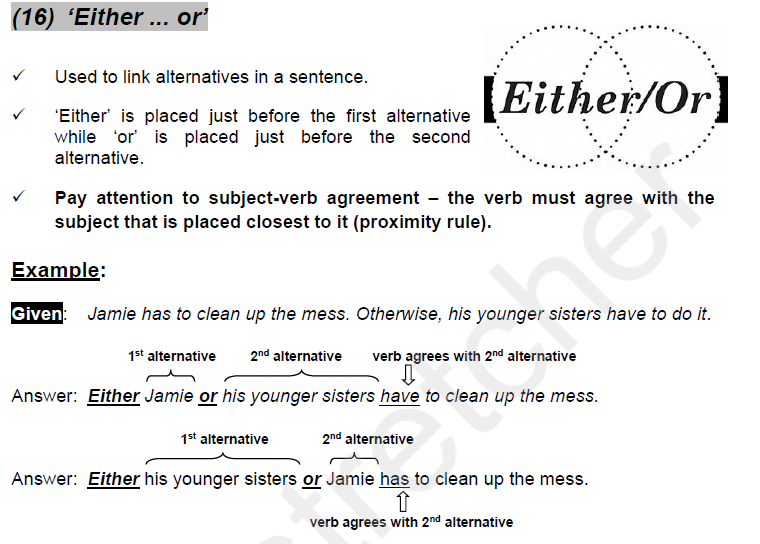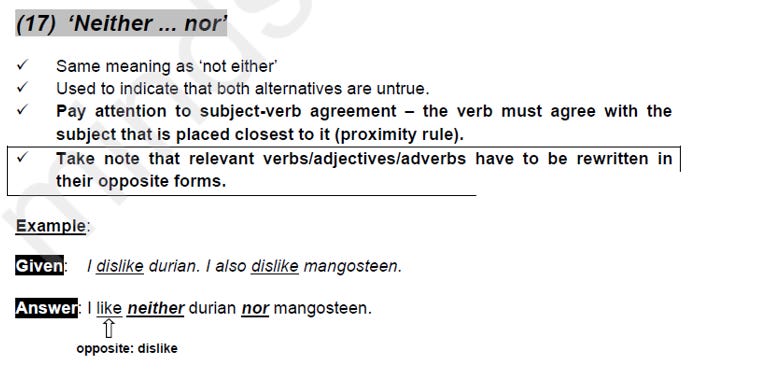Synthesis and Transformation: Ace S&T with Systematic Approaches
Develop the skill of rewriting sentences accurately and concisely to excel in Synthesis and Transformation. In this article, we explore techniques to approach the different question types effectively.
The Essentials of Synthesis and Transformation
What if one section of your PSLE English Paper 2 could sharpen your grammar, polish your writing, and even give you a head start for secondary school English?
Throughout our 3-part Synthesis and Transformation (S&T) webinar workshop, we introduced useful strategies and techniques to help students manage the challenges of S&T more effectively. S&T accounts for 10 valuable marks in Paper 2 and requires students to demonstrate strong grammar skills, a broad vocabulary, and a careful eye for linguistic accuracy.
Key elements of S&T include Word Class Transformation, where students change the form of a word—such as turning an adjective into an adverb—while keeping the meaning intact. Collocation is another essential focus, as students must recognise common word pairings and use them appropriately. In addition, Sentence Restructuring tasks students with rearranging words and phrases to form grammatically correct sentences without losing the intended meaning. Across all these types of questions, maintaining the core message of the original sentence is vital.
S&T Exam Strategies That Make a Difference
To do well in S&T, students must adopt methodical approaches to avoid unnecessary mistakes. Begin by circling key words - particularly those that will require transformation - so you stay alert to specific changes expected in your rewritten sentence. This is especially helpful in spotting shifts needed in direct or indirect speech questions.
Students should always check their answers immediately after writing. Watch out for these common errors:
(a) Missing Words
(b) Extra Words
(c) Misspelling
(d) Incorrect Tenses
It’s also crucial to:
Be mindful of tense usage
Understand verb–noun conversions
Know the rules for direct–indirect speech transformations
Identify contrasting verbs or nouns
Be familiar with frequently-tested sentence patterns
Double-check names and ensure no omissions in phrasing
Observe punctuation placement, particularly where commas should be used to set off non-essential clauses.
Applying these steps will not only improve accuracy in S&T but also prepare students for the demands of secondary-level writing, such as essays and summaries during the GCE O-Level English examinations.
Understanding S&T Question Types
Synthesis and Transformation (S&T) questions in the PSLE often involve structures from these three categories:
Relative Pronouns (e.g. who, which, that)
Connectors (e.g. although, because, so that)
Transforming Direct Speech to Indirect Speech (or vice versa)
In the following sub-sections, we will walk through each category with brief explanations and selected examples to help students better recognise and approach these question types.
i. Relative Pronouns
Relative pronouns such as “who,” “which,” and “that” are used to link two closely related sentences by referring to a noun mentioned earlier. In S&T questions, students are expected to combine the sentences meaningfully using the correct relative pronoun, while ensuring that the sentence remains grammatically accurate and conveys the same message. Here are some examples :
ii. Connectors
Connector-type questions test a student’s ability to link two related ideas using appropriate linking words such as “because,” “although,” “so that,” “even though,” and “since.” These connectors help form complex sentences that show cause and effect, contrast, purpose, or time relationships.
In such questions, students must first identify the relationship between the two sentences and then decide which connector best conveys that link. More importantly, when rewriting the sentence, students must pay close attention to subject-verb agreement, especially if the sentence order changes or if clauses are rearranged. A mismatch between the subject and verb often occurs when students rush or overlook how the sentence structure shifts with the connector in use.
While attempting connector-type questions, students should also be aware of the rule of proximity—a grammar rule that states the verb should agree in number with the noun or pronoun closest to it.
This rule is particularly important in sentences that include connectors such as “either...or” and “neither...nor,” where subject-verb agreement can become tricky if students focus only on the first subject. Recognising which noun the verb is closest to helps avoid common agreement errors.
Watch the video below to learn how the rule of proximity applies to such sentences, and how you can apply it confidently in your S&T answers.
iii. Transforming Direct Speech to Indirect Speech (or vice versa)
Another commonly tested Synthesis and Transformation question type involves converting between Direct and Indirect Speech. These questions assess a student’s ability to report speech accurately, with the correct grammatical adjustments. To tackle such questions confidently, students should apply the PPTT rule, which stands for Pronoun, Position, Time, and Tense.
Pronoun changes must reflect the new speaker or listener in the sentence.
Position refers to changes in place indicators when shifting speech (e.g. “here” becomes “there”, “this” becomes “that”).
Time indicators such as “today” or “tomorrow” must be adjusted accordingly (e.g. “today” becomes “that day”).
Tense often shifts back one step when converting from direct to indirect speech, especially if the reporting verb is in the past tense.
However, it’s important to note that not every question will require the application of all 4 elements of PPTT—students must assess each sentence carefully to determine which components need adjusting.
In the video below, we explore how the PPTT rule is applied step-by-step when transforming direct speech into indirect speech, and vice versa.
To support students in mastering direct and indirect speech transformations, refer to the table below for commonly used word conversions. The table highlights key changes across three important areas: verbs (e.g., “can” vs. “could”), relative position (e.g., “here” vs. “there”), and time expressions (e.g., “today” vs. “that day”). Familiarity with these word shifts will help students apply the PPTT rule accurately and avoid common errors during synthesis and transformation exercises.
Mastering Synthesis and Transformation takes consistent practice, keen attention to detail, and a solid grasp of grammar rules. Whether it’s applying the correct relative pronoun, using connectors with proper subject-verb agreement, or converting speech accurately with the PPTT rule, each question type tests both understanding and precision.
We hope this guide has helped demystify S&T for you. With the right strategies and a mindful approach, students can tackle these questions with greater confidence—and carry these essential language skills well into secondary school and beyond.






